Once upon a time, there were two giants in the Swiss Alps. They were made of ice and they lived up in the highest summits. From there, they covered huge extensions. Their power was huge. You couldn’t see them moving, but they did, slowly. And in their step, they transformed the landscape, breaking, splitting and grinding the stone they found on their way… But the giants were also vulnerable. The sun and the heat defeated them. And they retreated and shrunk until what they are today, a small shadow of what they were long time ago…
The giants of this post are the Furgg and Theodul Glaciers. And its almost disappearance didn’t happen centuries ago, but very very recently. Since 1850, they have retreated more than 3km. That’s what we learned on our second day in Zermatt. We decided to hike the trail that takes you closer to the Matterhorn, the Matterhorn Glacier Trail. They say this trail is didactic. I can assure you it is. You can experience in first person how the glaciers are melting and disappearing… The landscape close to the mountain is beautiful! It’s fascinating to see how the glaciers sculpted the landscape, the traces they left behind and how slowly life is beginning to grow where until recently there was nothing but rocks under tons of ice. And you can feel the cold and pure air from the glaciers on your skin… But it is also sad to see how fast these glaciers are melting…
For this hike, we took the gondola from Zermatt to Schwarzsee (the Black Lake). We did part of the trail that leads to Hörnlihütte, the starting point for the climbers of the Matterhorn (we didn’t get to the hütte, as the path was very narrow and close to the edge and I had vertigo…). When we returned to the Matterhorn Glacier Trail, we passed along the devastation caused by the almost melted Furgg Glacier, at the east foot of the Matterhorn. It was an incredible landscape that reminded me of some Icelandic volcanic landscapes, where everything is rocks, sand and melted ice and only tiny flowers grow between the rocks, with the majestic Matterhorn dominating the views. The trail continued between tiny lakes, result of the melting Theodul Glacier, and more devastated and colorful landscape until it reaches the Trockener Stef ski station. From there, we took a harder trail down to Schwarzsee, where we got beautiful views of the valley Matter and Zermatt, as well as views of other two glaciers in the area, the Gorner and the Grenz Glaciers and the highest peak in Switzerland, the Dufourspitze or Monte Rosa (I’ll write a post about these other two glaciers).
I realized that, since I started learning photography and writing this blog, I’ve learnt a lot about other things too. I discovered new animals, I learnt a lot about them and how they behave… I learnt a lot about the mountain and the places I visit. And I think that everyday I go outdoors, I’m more and more aware of the impact that humans have in nature, specially since I moved to Switzerland. I guess this is why this kind of trips have a great impact on my and make me think about what we could do to save these natural wonders. I hope that, as I show you photos from my trips, you don’t only appreciate the beauty of the landscapes I capture, but also think about how all of us can collaborate to preserve them for future generations.
Here are some photos I took during this day, including one from my hotel window at sunrise! I hope you like them!! 🙂
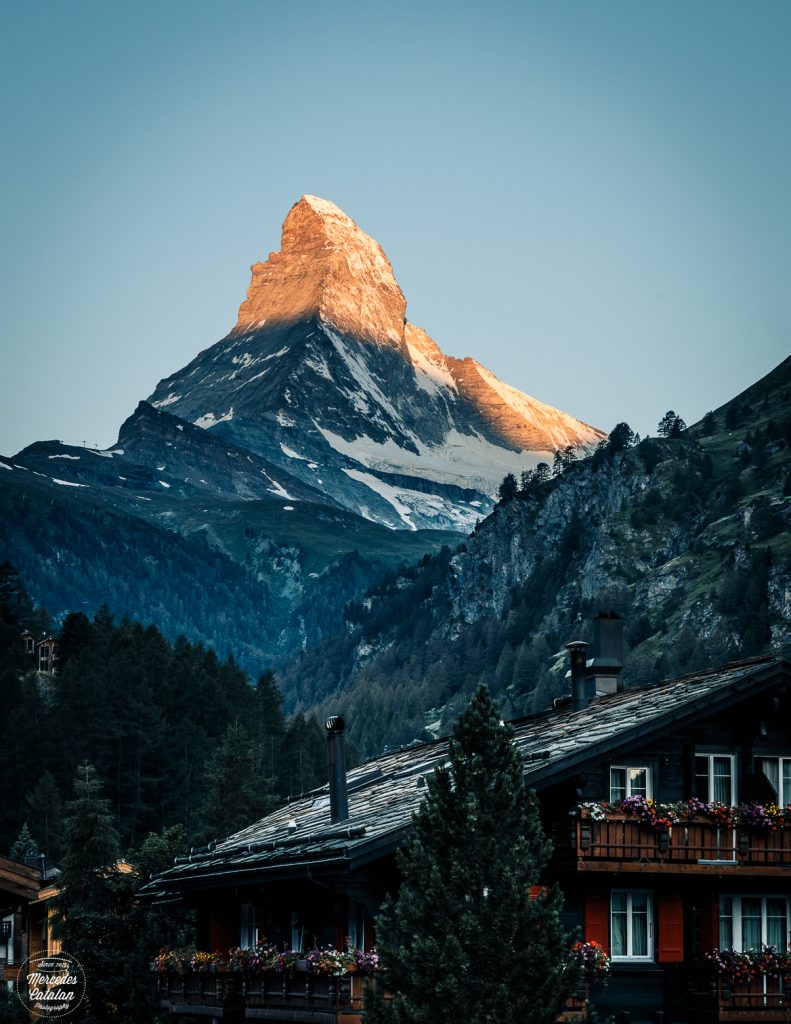
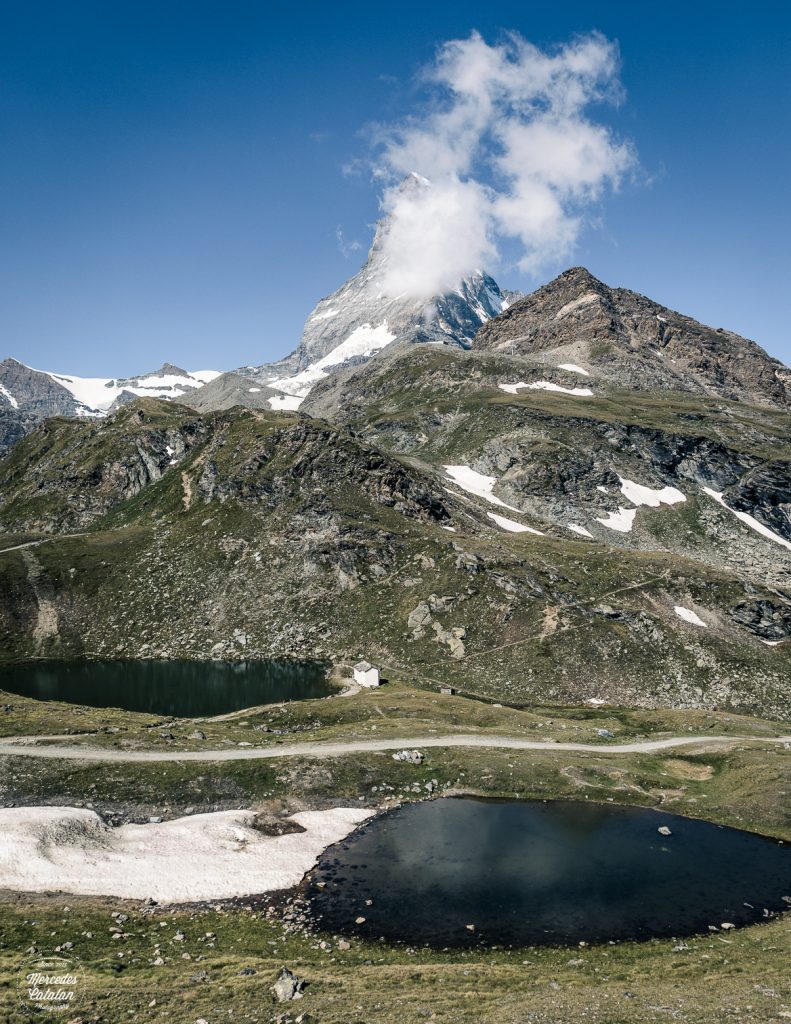
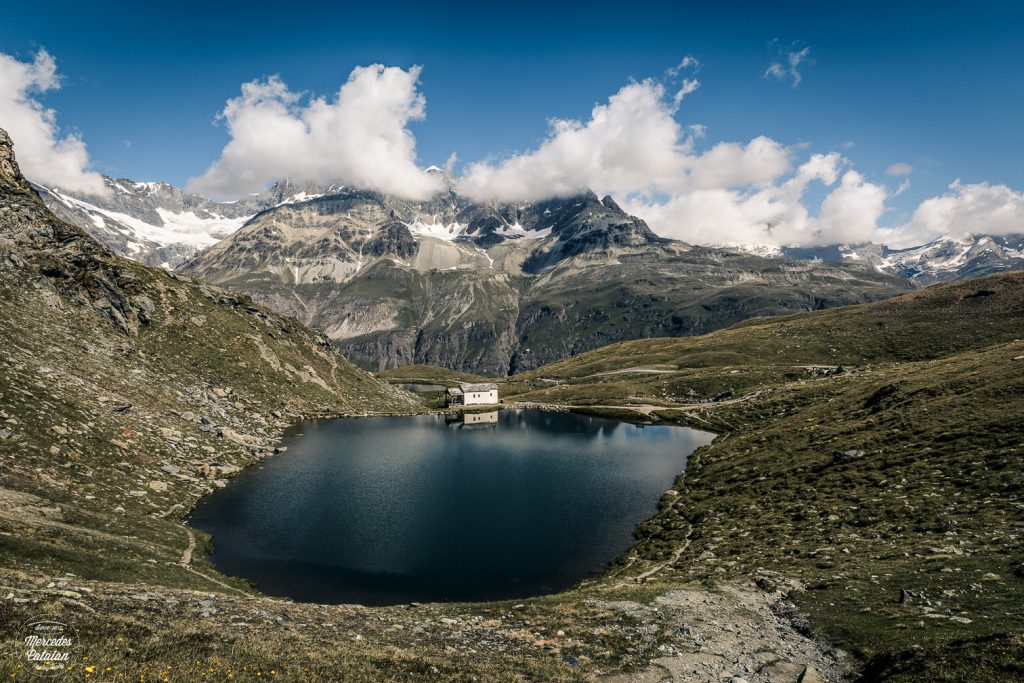
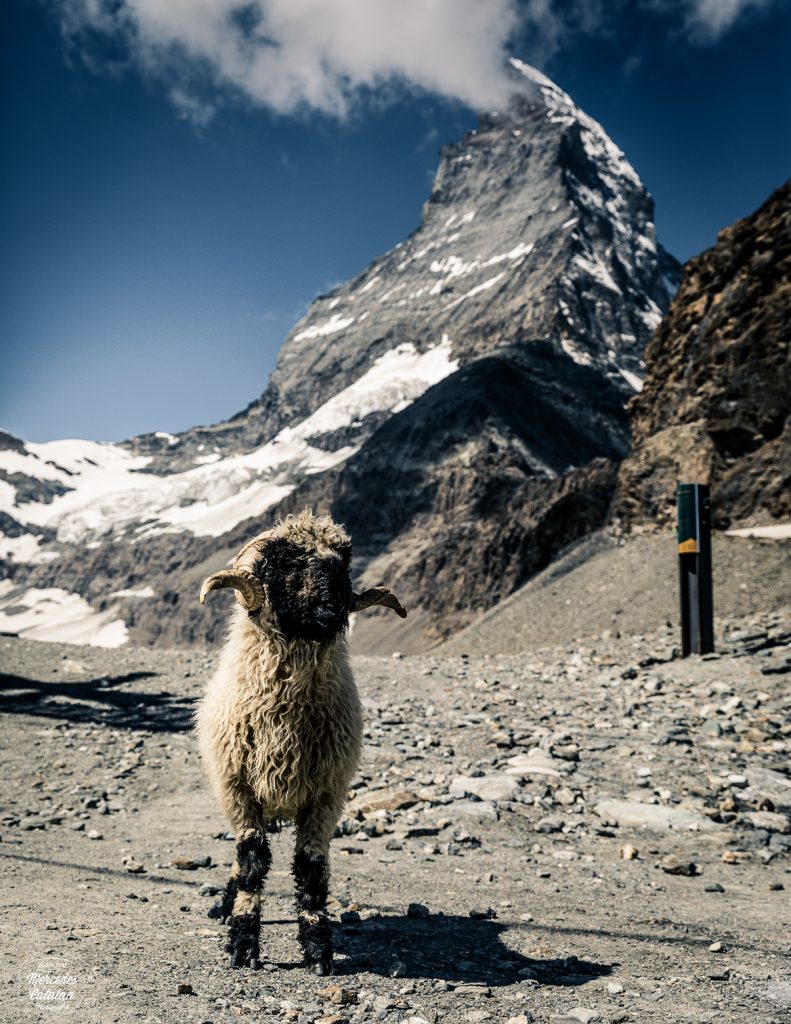
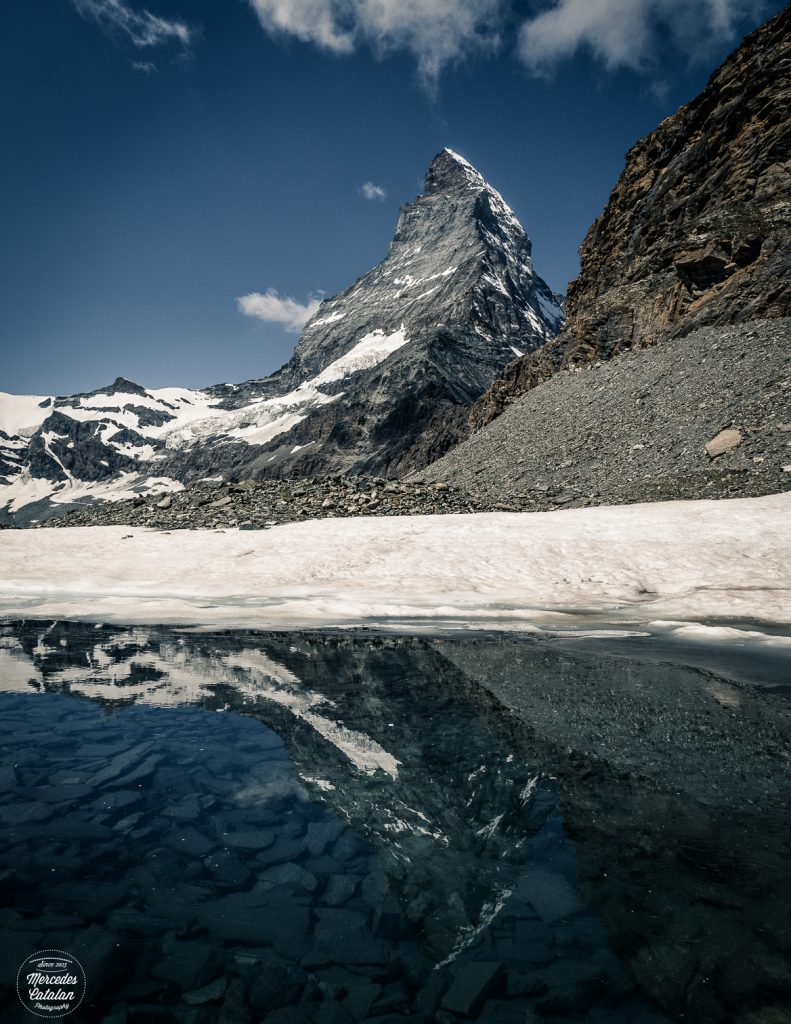
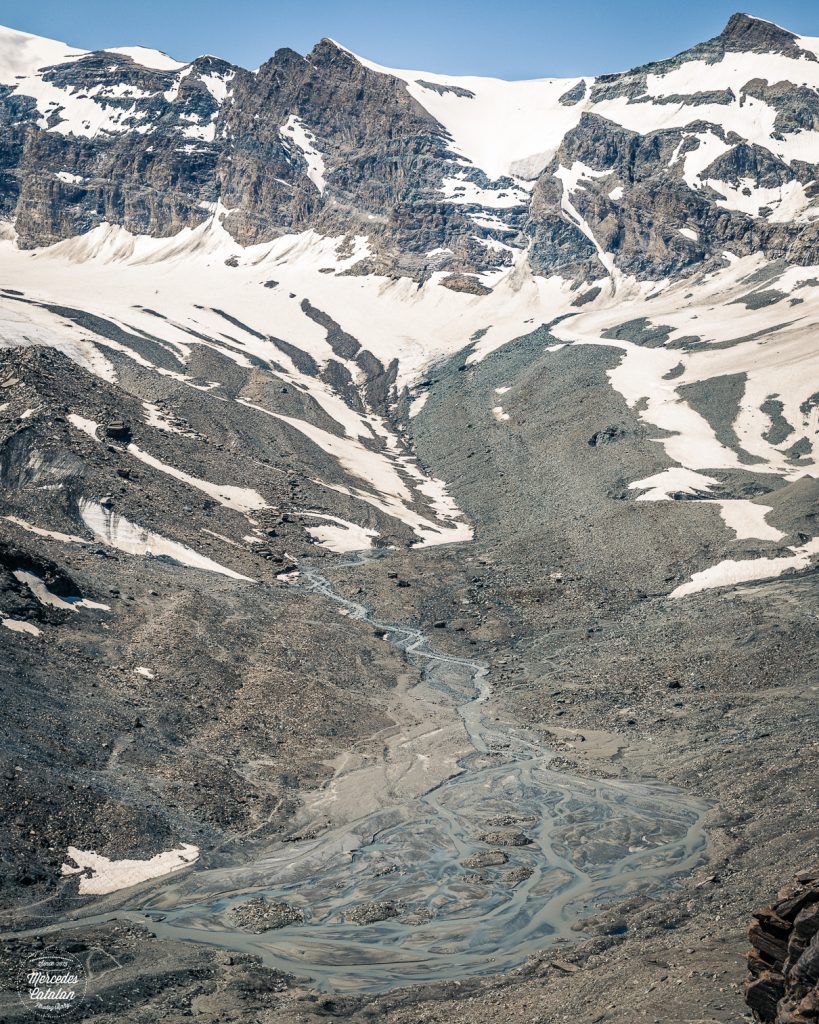
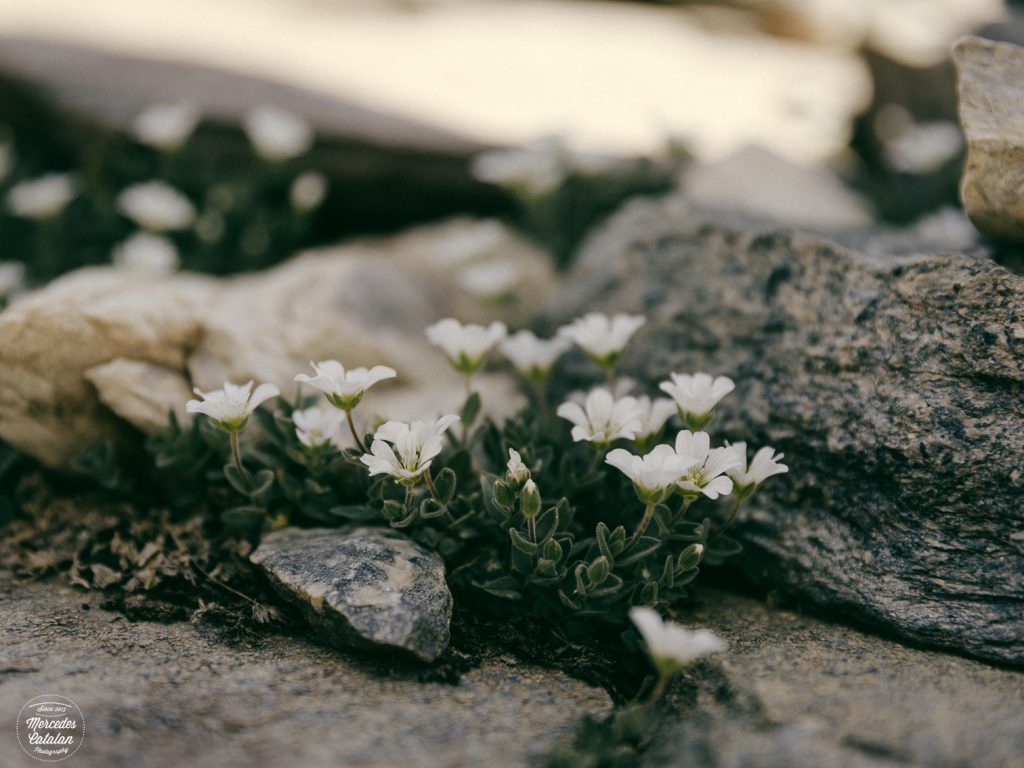
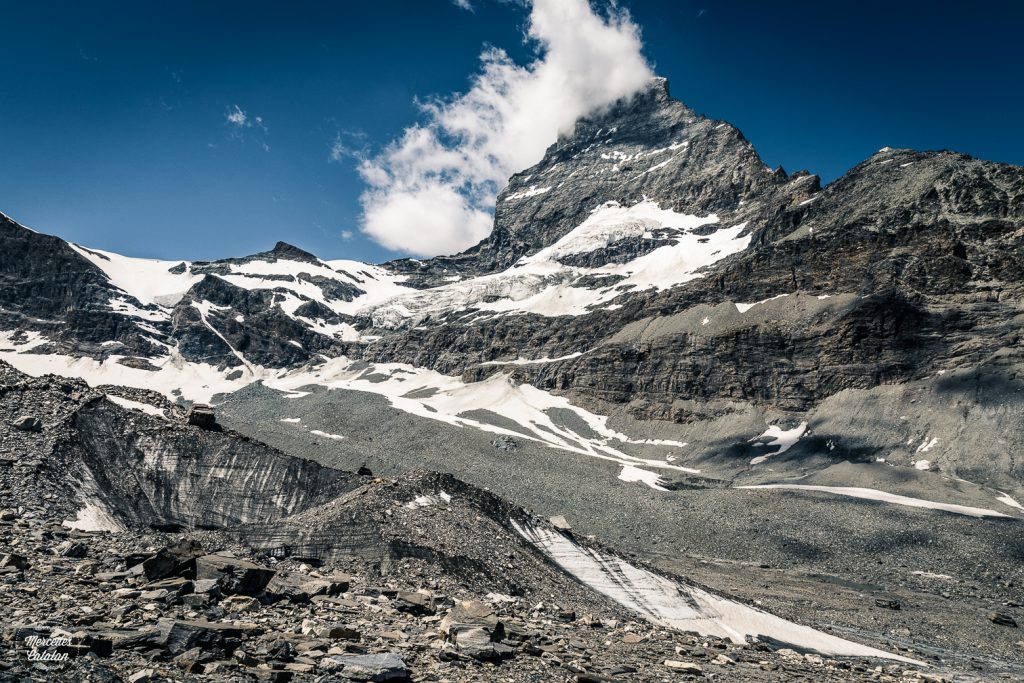
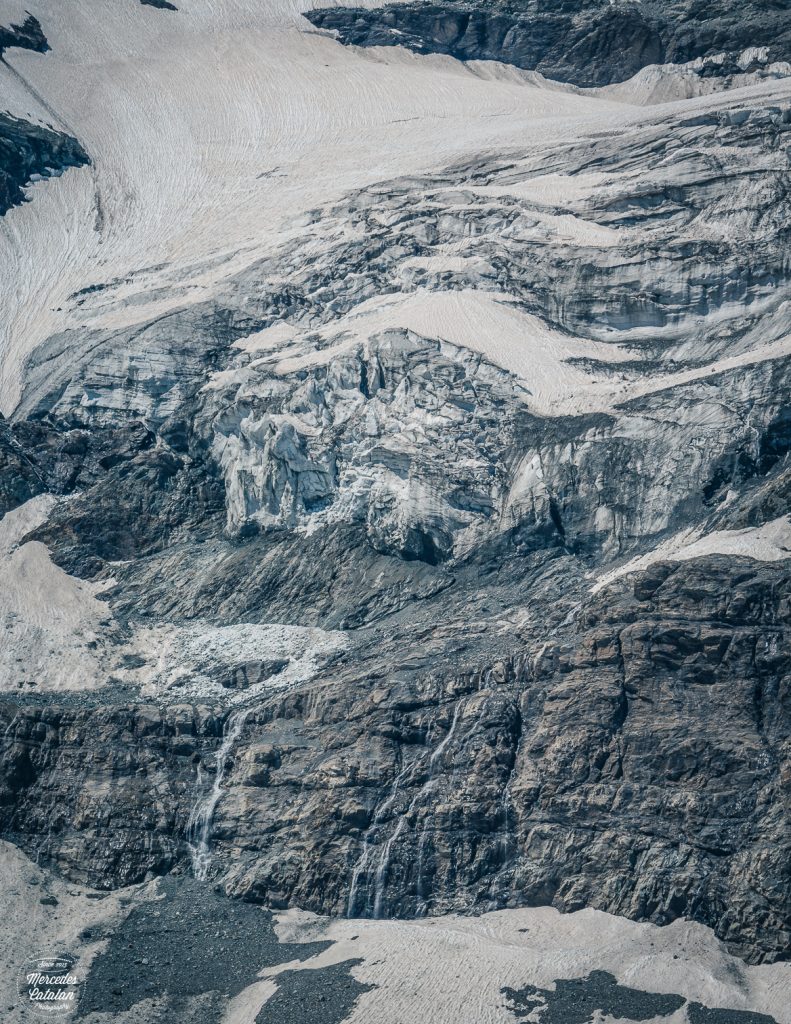
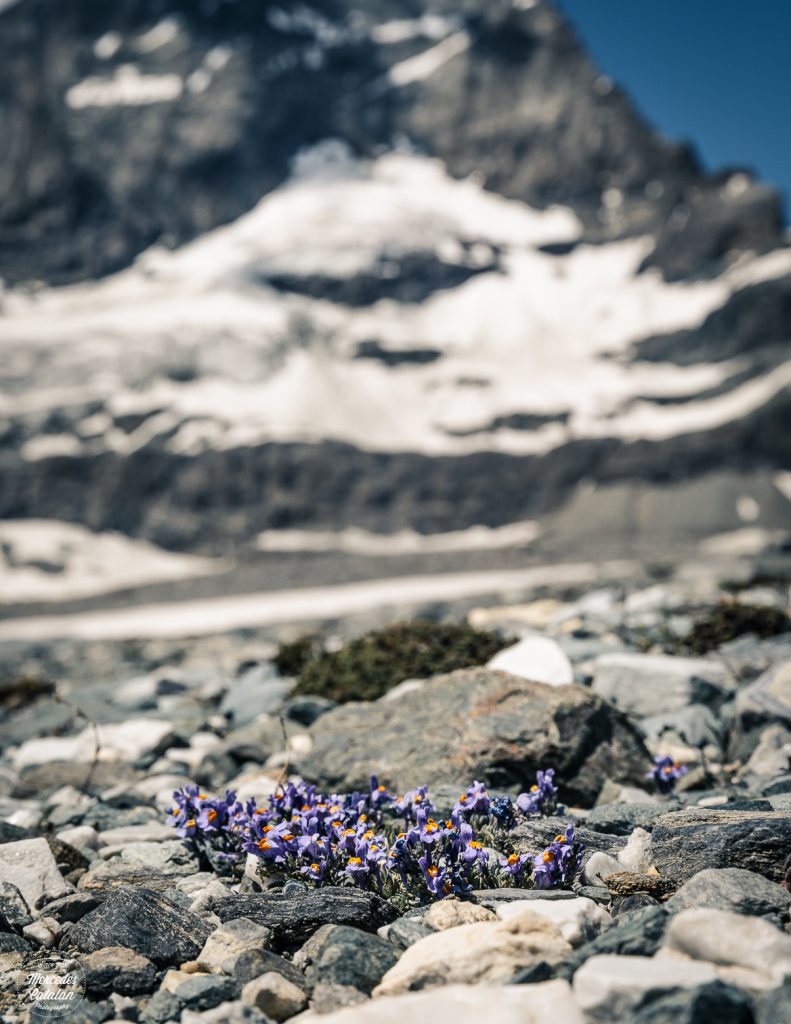
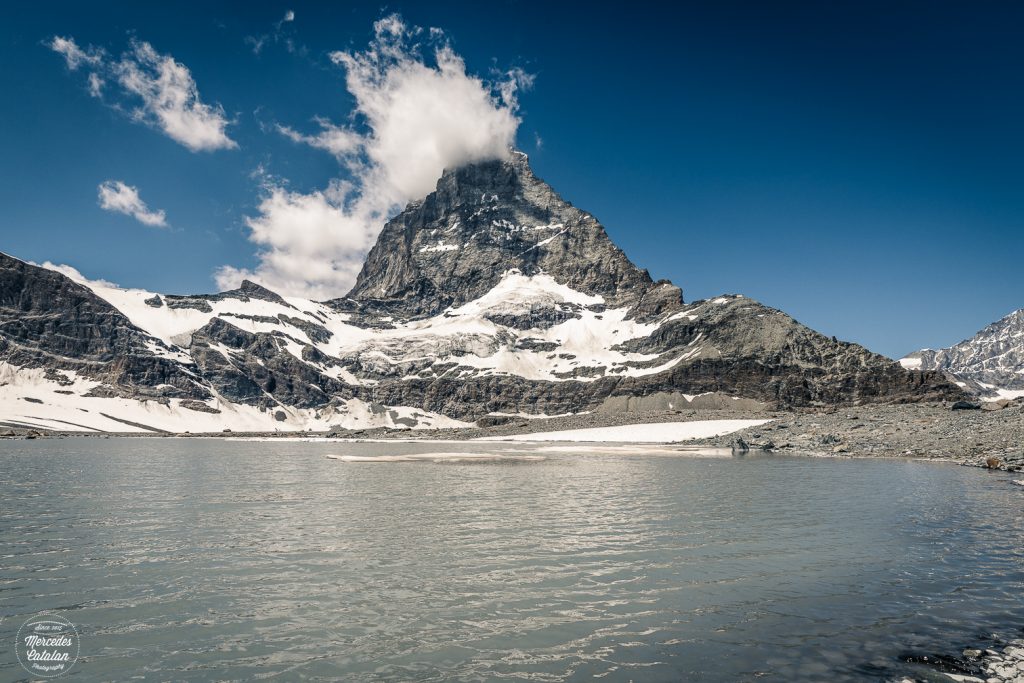
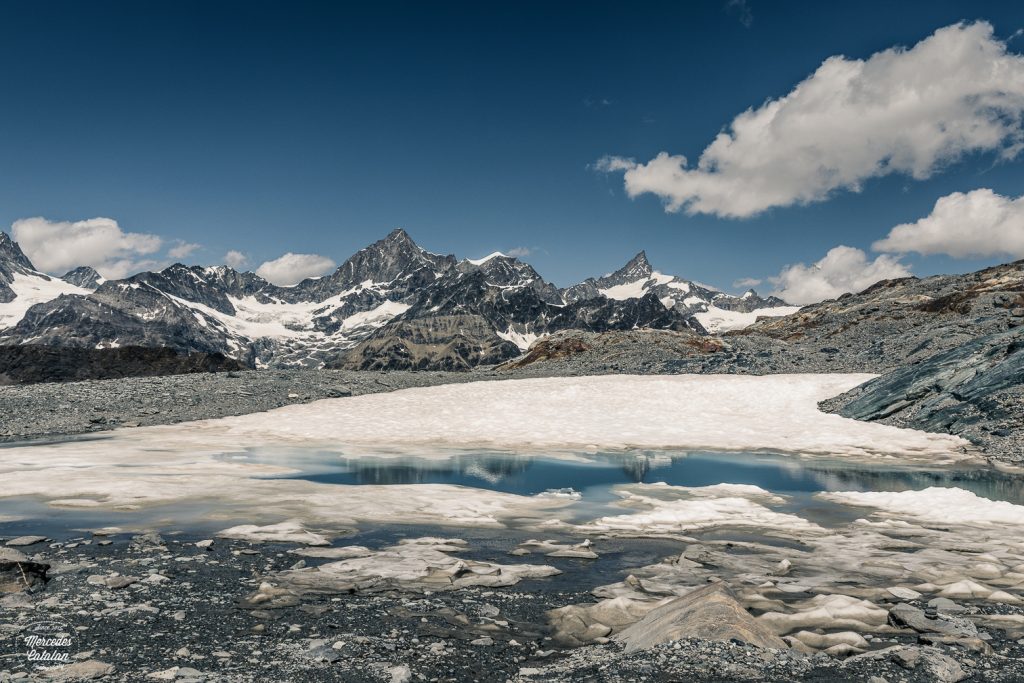
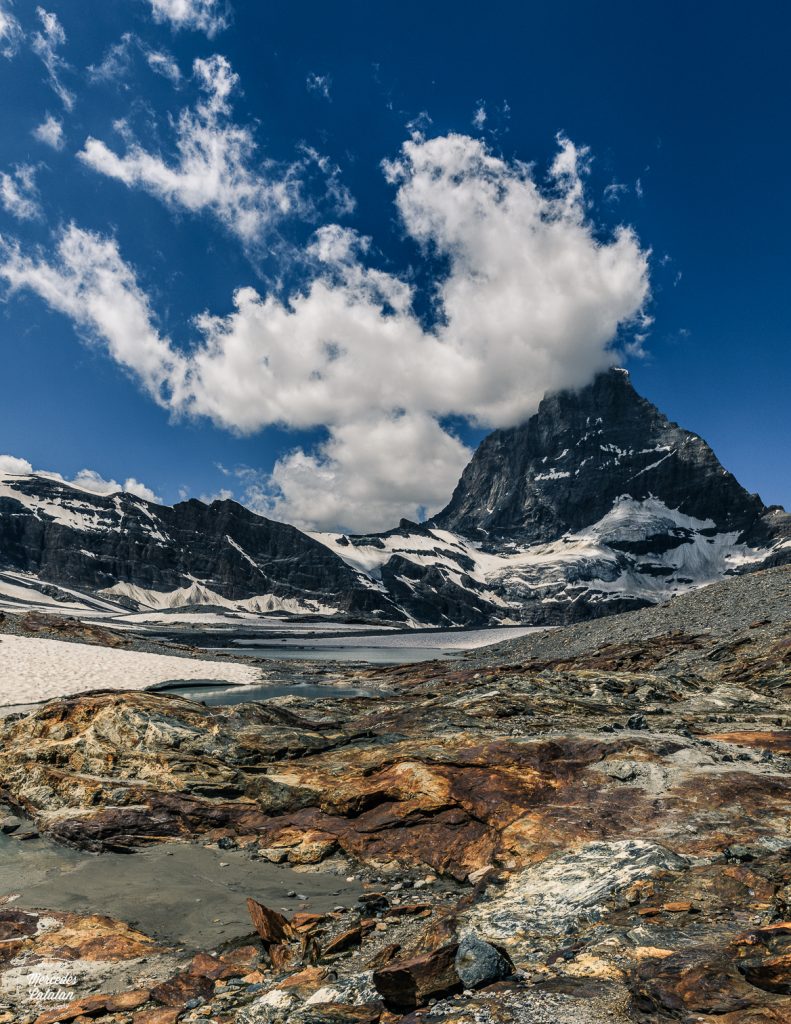
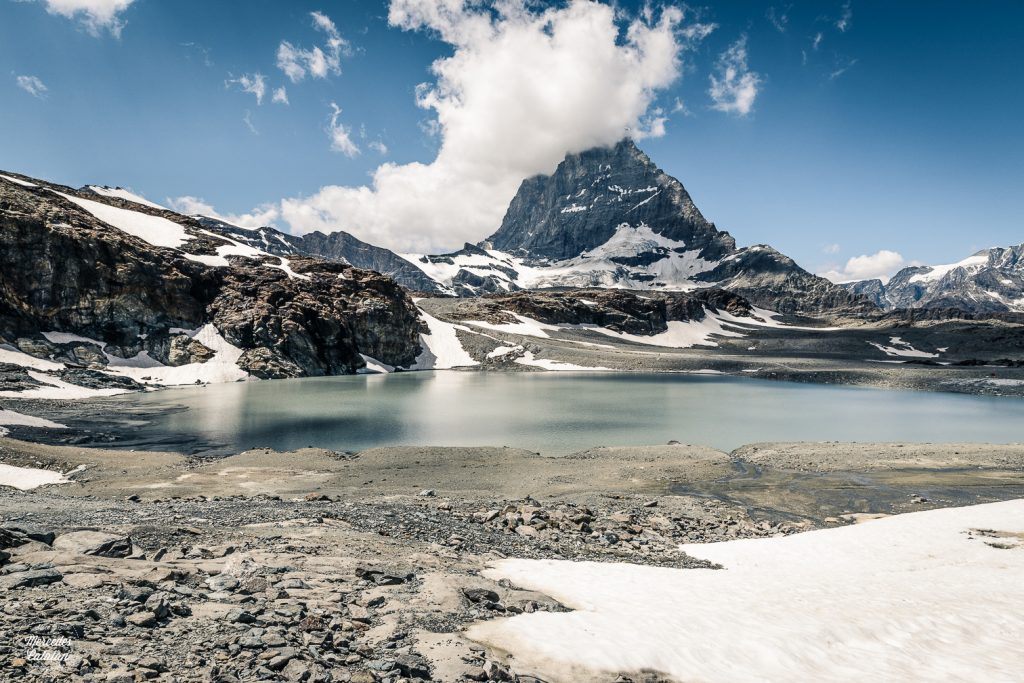
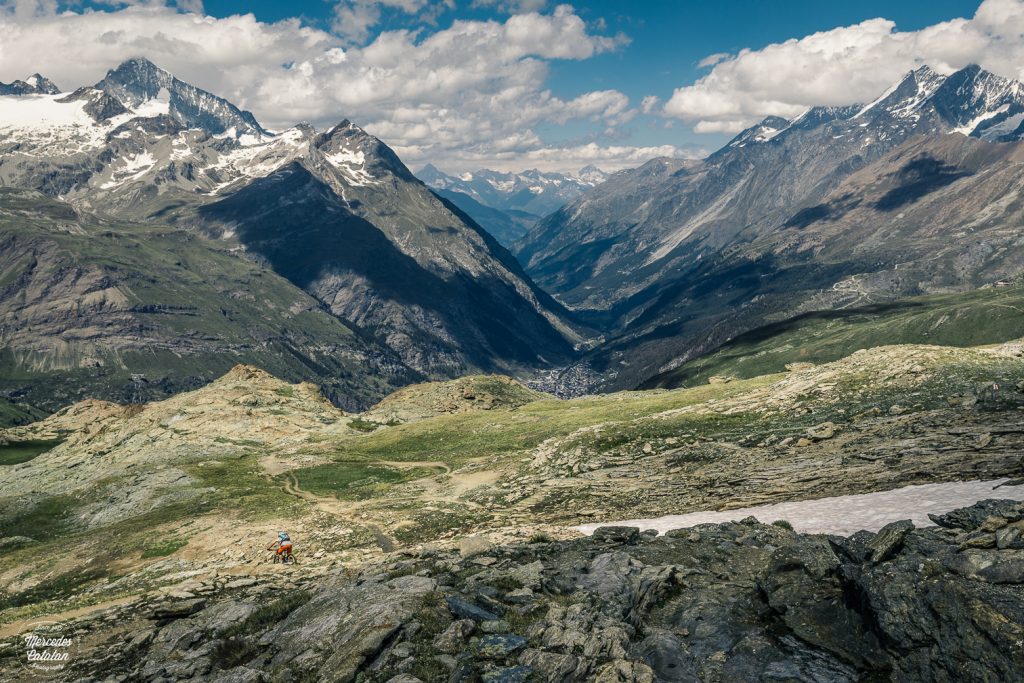
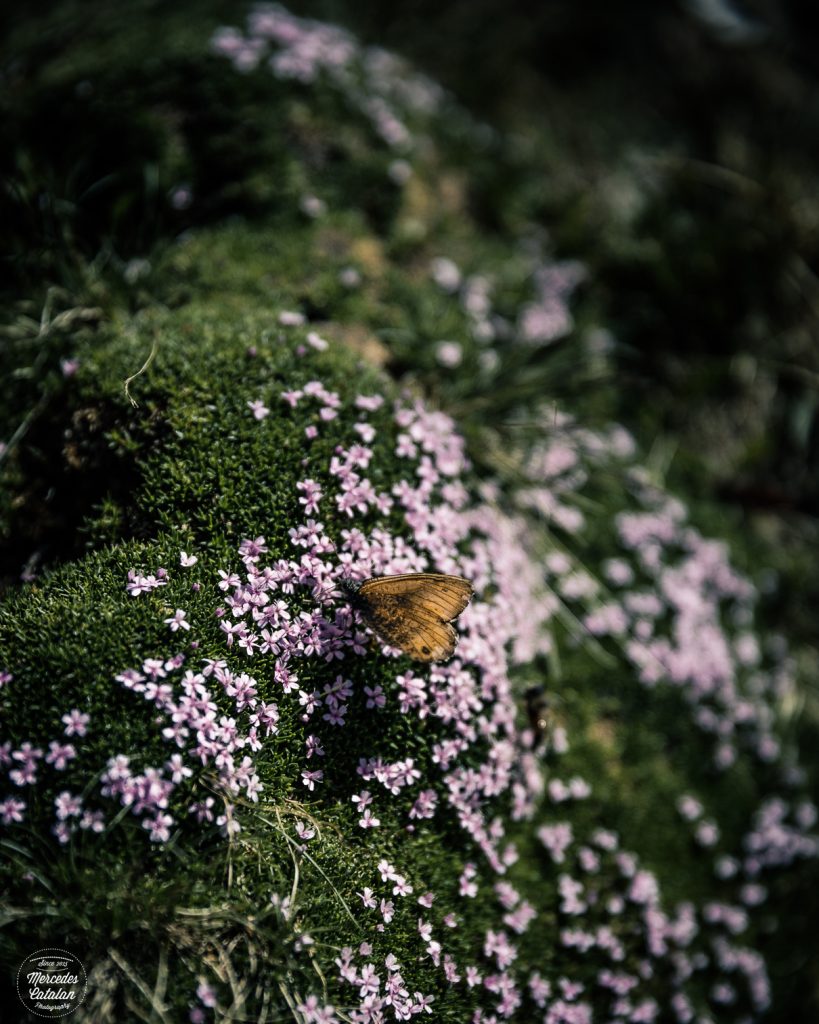
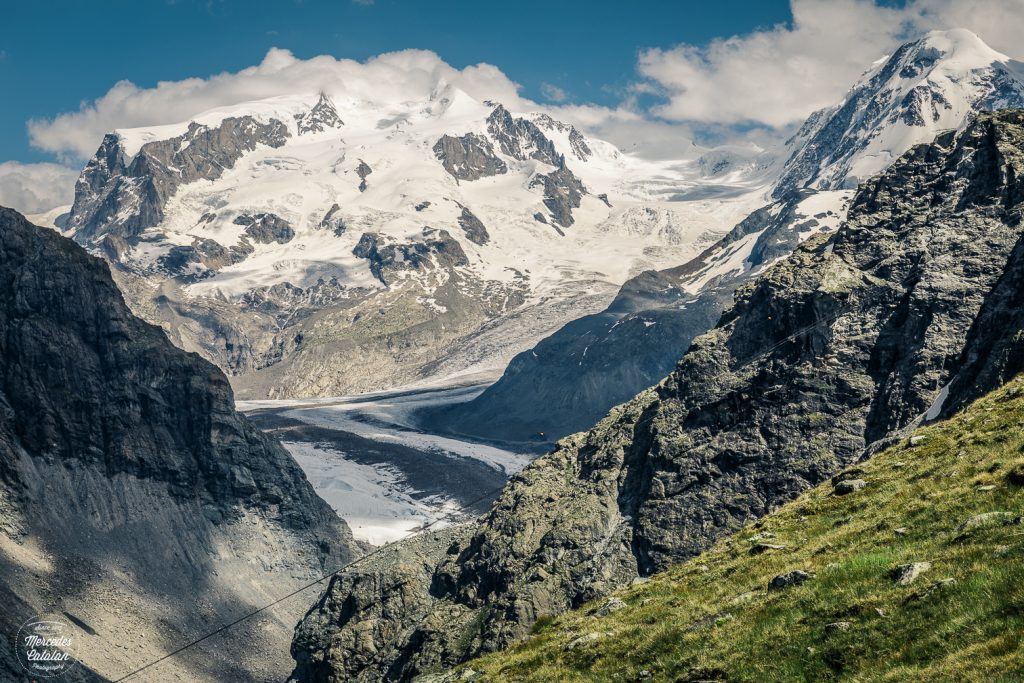
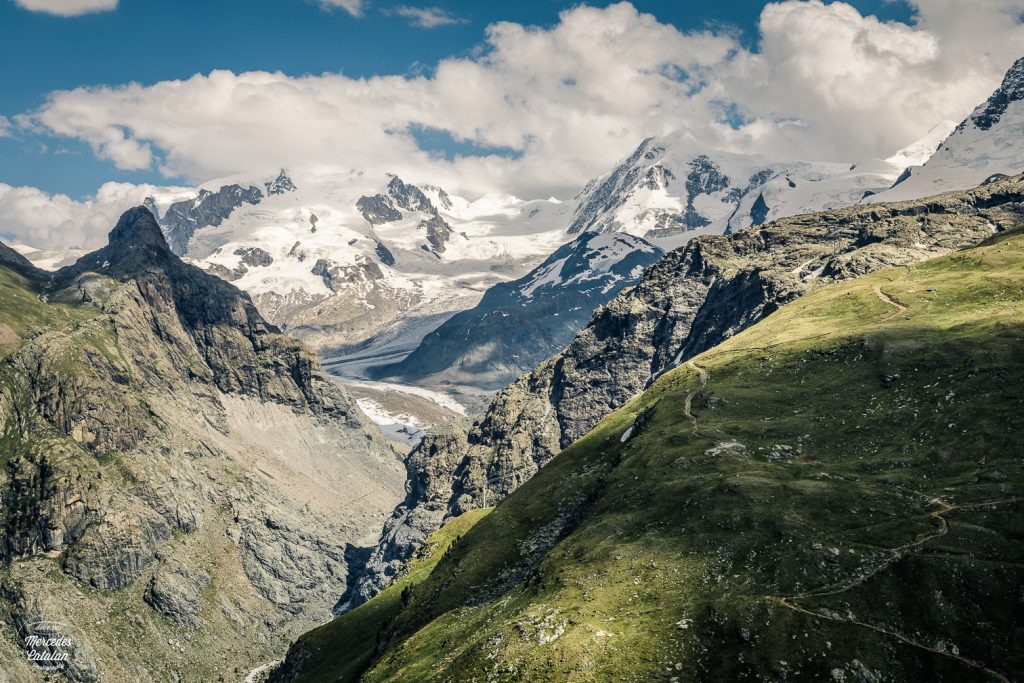
7 Comments